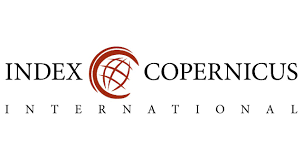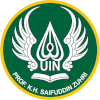Correlation of Alms Infaq Zakat (ZIS) and Economic Growth on Poverty in West Java
DOI:
https://doi.org/10.24090/ieibzawa.v1i1.777Keywords:
ZIS; economic growth; poverty.Abstract
Society as a whole is affected by poverty, which is an important issue that needs to be addressed by the international community. Distributing zakat, regarding infaq, sedekah, and encouraging strong economic growth are some of the variables that can reduce poverty. To better understand how the Direct Cash Transfer Program (BLT) and economic growth can affect poverty in West Java from 2015 to 2022, this study will look at their impact individually and combined. The methodology of this article is based on a quantitative approach. The findings show that poverty is significantly affected by Zakat (ZIS) distribution, which accounts for 52% of the observed variance. In contrast, only 2% of the observed gap is due to the effect of economic growth on poverty. Together, ZIS and economic growth impact poverty by 11.9%.
Downloads
Published
How to Cite
Conference Proceedings Volume
Section
License
Copyright (c) 2023 Proceeding of International Conference on Islamic Economics, Islamic Banking, Zakah and Waqf

This work is licensed under a Creative Commons Attribution 4.0 International License.











